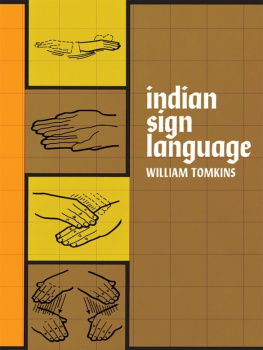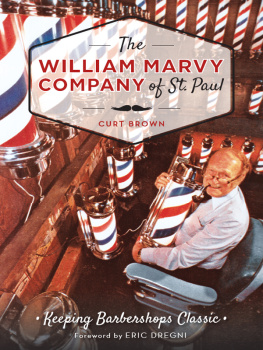William Andrews - At the Sign of the Barbers Pole
Here you can read online William Andrews - At the Sign of the Barbers Pole full text of the book (entire story) in english for free. Download pdf and epub, get meaning, cover and reviews about this ebook. year: 2017, publisher: CreateSpace Independent Publishing Platform, genre: Detective and thriller. Description of the work, (preface) as well as reviews are available. Best literature library LitArk.com created for fans of good reading and offers a wide selection of genres:
Romance novel
Science fiction
Adventure
Detective
Science
History
Home and family
Prose
Art
Politics
Computer
Non-fiction
Religion
Business
Children
Humor
Choose a favorite category and find really read worthwhile books. Enjoy immersion in the world of imagination, feel the emotions of the characters or learn something new for yourself, make an fascinating discovery.

- Book:At the Sign of the Barbers Pole
- Author:
- Publisher:CreateSpace Independent Publishing Platform
- Genre:
- Year:2017
- Rating:4 / 5
- Favourites:Add to favourites
- Your mark:
- 80
- 1
- 2
- 3
- 4
- 5
At the Sign of the Barbers Pole: summary, description and annotation
We offer to read an annotation, description, summary or preface (depends on what the author of the book "At the Sign of the Barbers Pole" wrote himself). If you haven't found the necessary information about the book — write in the comments, we will try to find it.
At the Sign of the Barbers Pole — read online for free the complete book (whole text) full work
Below is the text of the book, divided by pages. System saving the place of the last page read, allows you to conveniently read the book "At the Sign of the Barbers Pole" online for free, without having to search again every time where you left off. Put a bookmark, and you can go to the page where you finished reading at any time.
Font size:
Interval:
Bookmark:

OF THE BARBER'S POLE
ETC.
J. R. TUTIN
1904
August 11th, 1904.
| The Barber's Pole |
| The Barber's Shop |
| Sunday Shaving |
| From Barber to Surgeon |
| Bygone Beards |
| Taxing the Beard |
| Powdering the Hair |
| The Age of Wigs |
| Stealing Wigs |
| The Wig-Makers' Riot |
| The Moustache Movement |
| Index |
| The House of Commons in the time of Sir Robert Walpole. Wigs in Parliament |
| The Barber's Shop, from "Orbis Pictus" |
| A Barber's Shop in the time of Queen Elizabeth |
| William Shakespeare (the Stratford Portrait) |
| Henry VIII. receiving the Barber-Surgeons |
| Bayeux Tapestry |
| John Knox, born 1505, died 1572 |
| John Taylor, the Water Poet, born 1580, died 1654 |
| The Lord Mayor of York escorting Princess Margaret through York in 1503. Shows the Beard of the Lord Mayor |
| Beards in the Olden Time |
| The Gunpowder Conspirators, from a print published immediately after the discovery. Shows the Beards in Fashion in 1605 |
| Geoffrey Chaucer, born about 1340, died 1400 |
| Russian Beard Token, A.D. 1705 |
| Egyptian Wig (probably for female), from the British Museum |
| The Earl of Albemarle |
| Man with Wig and Muff, 1693 (from a print of the period) |
| Campaign Wig |
| Periwig with Tail |
| Ramillie Wig |
| Pig-tail Wig |
| Bag-Wig |
| Heart-Breakers |
| With and Without a Wig |
| Lord Mansfield |
| Stealing a Wig |
| George Frederick Muntz, M.P. |
| Charles Dickens, born 1812, died 1870 |
Font size:
Interval:
Bookmark:
Similar books «At the Sign of the Barbers Pole»
Look at similar books to At the Sign of the Barbers Pole. We have selected literature similar in name and meaning in the hope of providing readers with more options to find new, interesting, not yet read works.
Discussion, reviews of the book At the Sign of the Barbers Pole and just readers' own opinions. Leave your comments, write what you think about the work, its meaning or the main characters. Specify what exactly you liked and what you didn't like, and why you think so.







